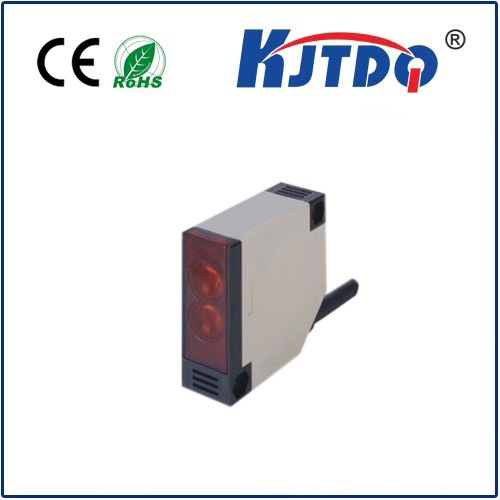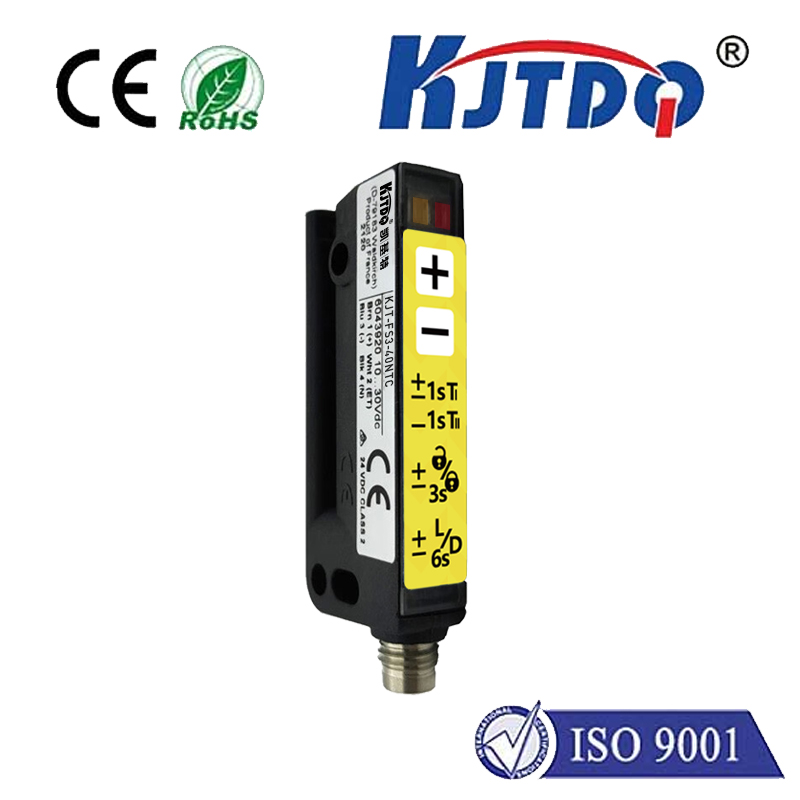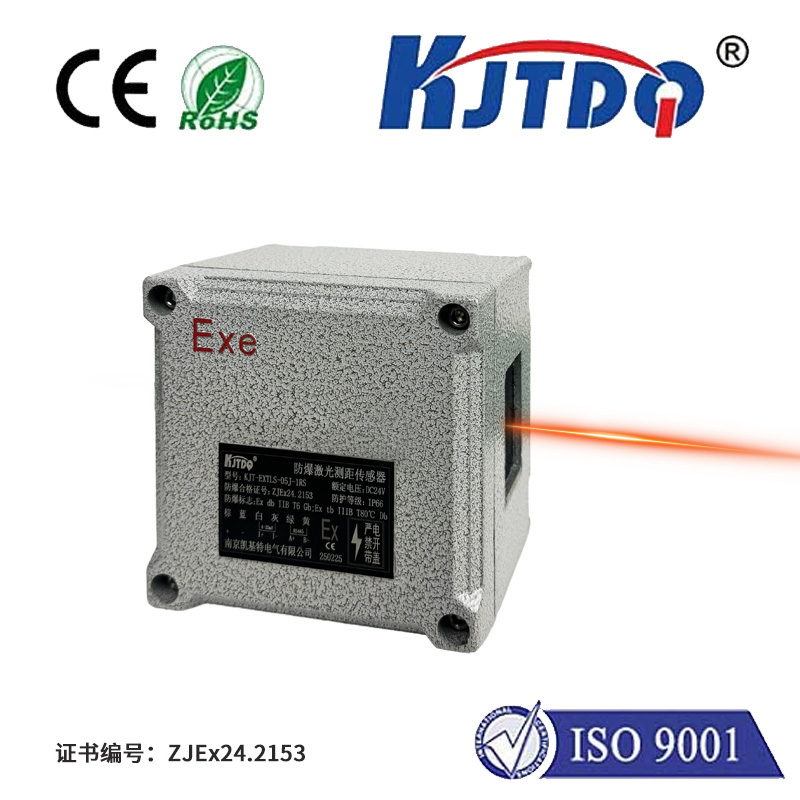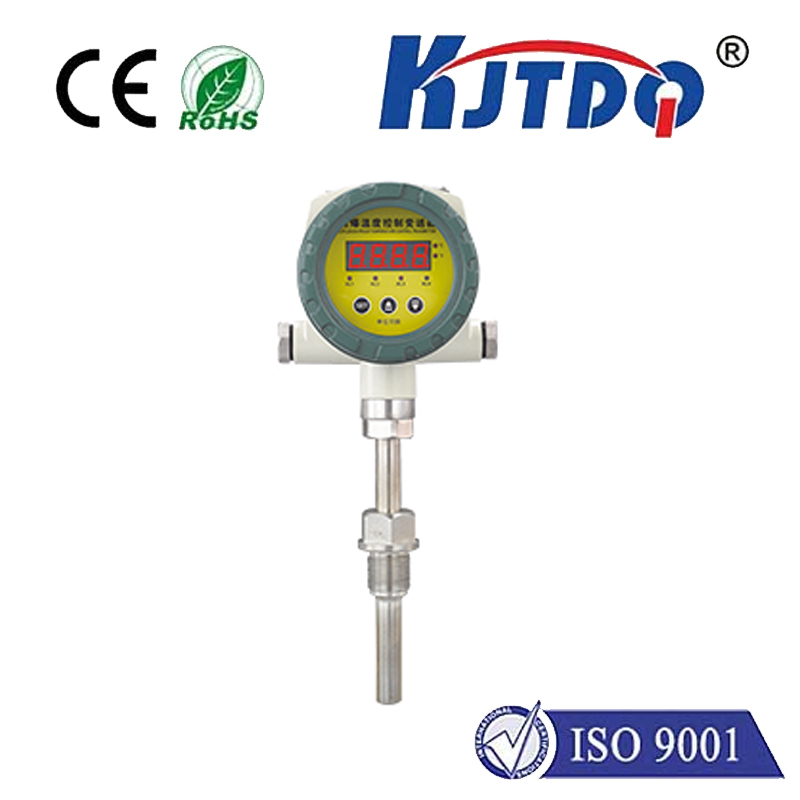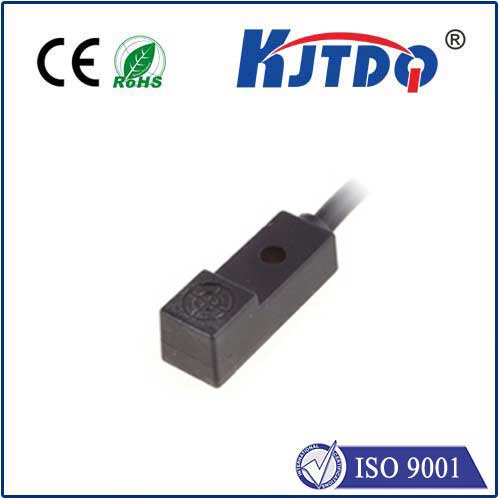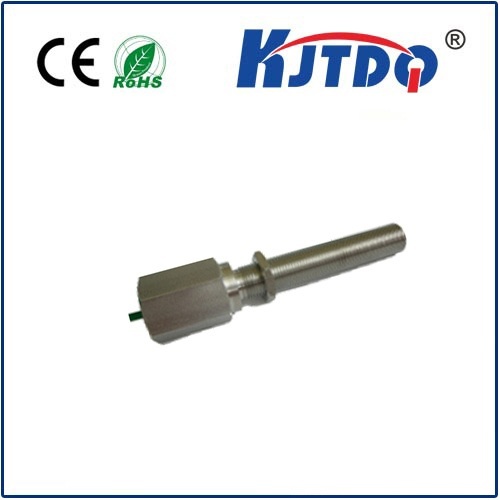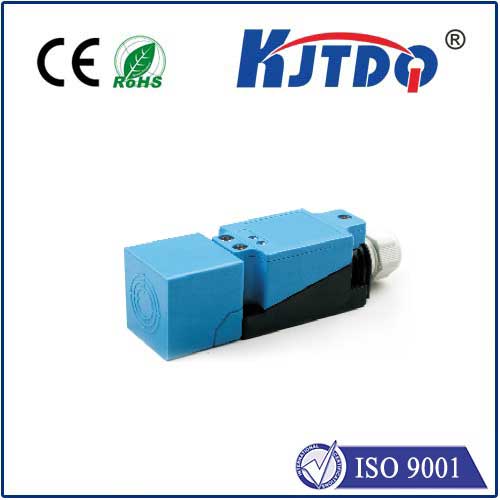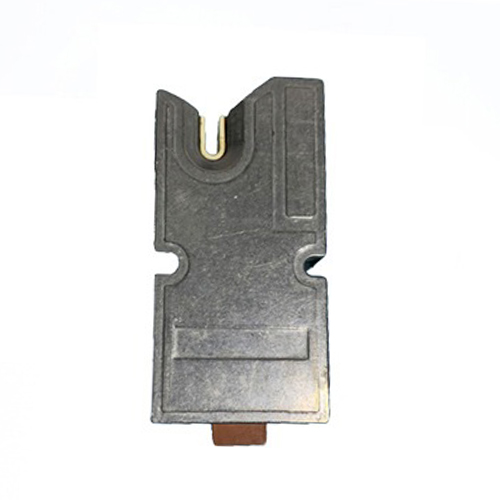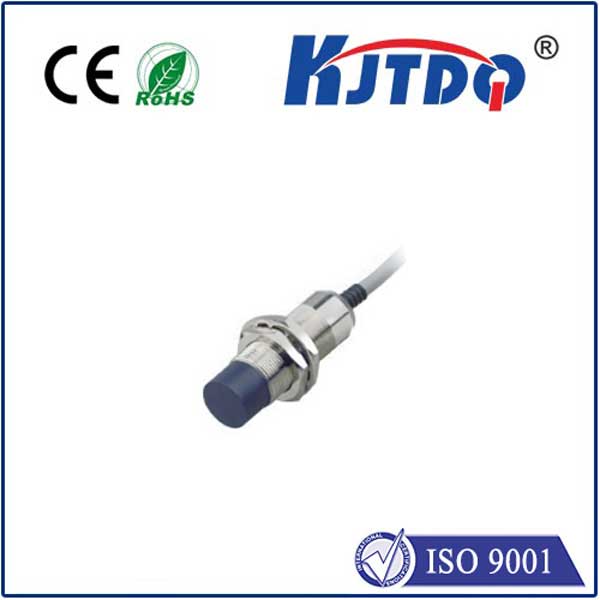

check

check

check

check

check

check

check

check

check

check
In the realm of automation and industrial equipment, the limit switch, specifically those operating at 24V, holds a pivotal role in ensuring precise control and safety. These devices, often overlooked yet essential, are integral to numerous applications where accurate position detection is required. This article aims to shed light on the significance and functionality of 24V limit switches by exploring their features, applications, and the benefits they offer to various industries.
Firstly, it's imperative to understand what defines a 24V limit switch. These components are characterized by their compact design, making them versatile for use in tight spaces without compromising performance. They possess minimal contact gap, quick-action mechanisms, and specified actuation forces, allowing for sensitive movements as minor as micrometer changes to be detected reliably.
The design of 24V limit switches also caters to demanding environments with options like miniature, slimline, and durability-focused variants. Some models are even available in configurations supporting two or four circuits, further expanding their utility in complex machinery setups. Unlike standard microswitches, limit switches boast increased strength, ensuring longevity and reliable operation under stress conditions.
A standout feature of the 24V limit switch is its ability to provide highly reliable contacts. This reliability is critical in applications where consistent performance can be the difference between smooth operations and catastrophic failures. Whether it’s detecting the position of robotic arms or confirming the closure of industrial doors, these switches ensure dependable feedback to control systems.
Furthermore, installing and maintaining 24V limit switches is relatively straightforward. Their robust construction allows for easy installation directly within the machinery or device that requires monitoring. Additionally, their low voltage requirement makes them safe and energy-efficient, reducing operational costs and risks associated with higher voltages.
In terms of application range, 24V limit switches find extensive use in conveyor systems, packaging machines, elevator controls, and any other automated equipment requiring precise edge or position detection. They serve as silent sentinels, constantly vigilant in ensuring mechanical processes do not exceed set parameters, thus safeguarding both equipment and operators.
In conclusion, the 24V limit switch represents an exemplary blend of precision, durability, and versatility in the world of industrial electronics. Its ability to function effectively under diverse conditions, coupled with the assurance of high-reliability contact, cements its status as a crucial component in modern automation systems. As technology continues to evolve, the role and capabilities of the 24V limit switch will undoubtedly expand, but its core value of providing consistent and dependable position detection remains unwavering. For those engineering or maintaining automated equipment, understanding the importance of this small yet significant device can mean the difference between success and failure in operational precision and safety.
